The Food Bank ‘Mini’ team lives to figure out-of-the-box ways of delivering fresh, nutritious food to our neighbors in need. In the spirit of the ‘minis’ hanging out in the Broccoli Forest, we asked members of our Nutrition Education team to help us out with a few broccoli recipes. They pulled up a few delicious ideas from our friends at EatFresh.org. Enjoy!
BROCCOLI SALAD
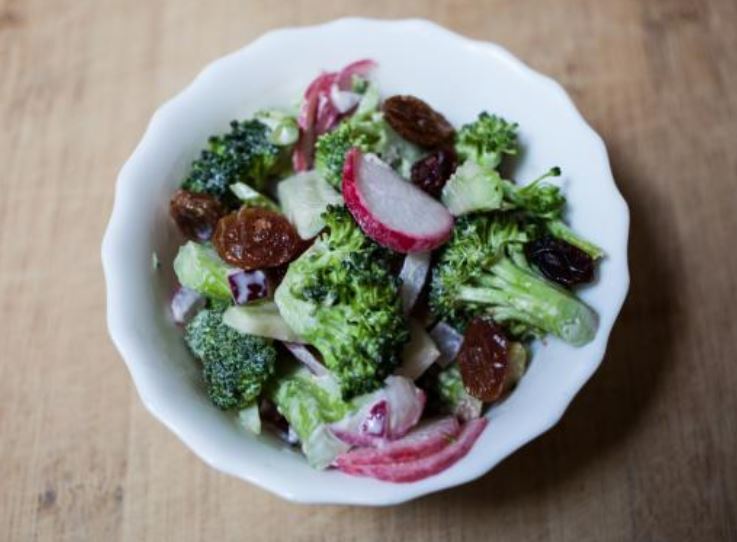
INGREDIENTS
4 cups broccoli – washed, trimmed, and cut into bite-size pieces
½ cup raisins
¼ cup red onion – diced
¾ cup radishes – thinly sliced
⅓ cup mayonnaise
2½ tablespoons low-fat plain yogurt
1 tablespoon sugar
1 tablespoon red wine vinegar or apple cider vinegar
PREPARATION
*In a medium bowl: combine broccoli, onions, raisins and radishes.
*In a small bowl: blend mayonnaise, yogurt, sugar and vinegar.
*Pour dressing over broccoli and mix well.
*Refrigerate for at least 2 hours before serving. (This will help marinate the ingredients but is not essential.)
POTATO BROCCOLI CHEDDAR SOUP
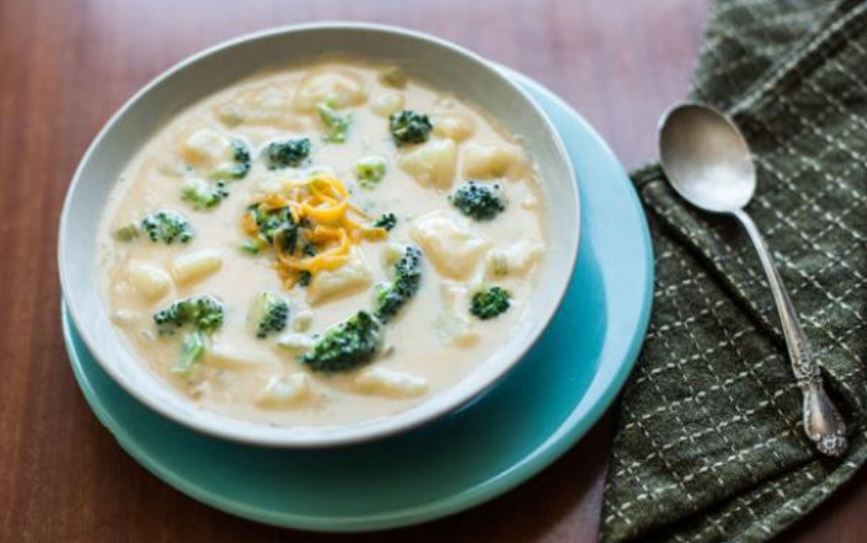
INGREDIENTS
2½ cups broccoli chopped and steamed until tender, frozen broccoli
2 cups cooked chicken chopped or shredded (optional)
3 potatoes chopped, with skin on or off
2 cups shredded cheddar cheese low-fat if possible
2 tablespoons butter
½ onion chopped
½ celery chopped
¼ cup flour
¼ teaspoon pepper
1 dash paprika
1 pinch of salt
3 cups low-sodium chicken broth
2 cups skim milk
PREPARATION
*Melt butter in the bottom of a large soup pot.
*Cook onion and celery in butter over medium heat.
*Add flour, pepper, salt, and paprika and stir until smooth.
*Add broth, milk, and potatoes. Keep stirring until the mixture boils and thickens.
*Reduce heat; cover and simmer for 10-15 minutes or until potatoes are tender.
*Stir in cheese and broccoli.
*Cook over low heat until cheese is melted.
*Add chicken, if using.



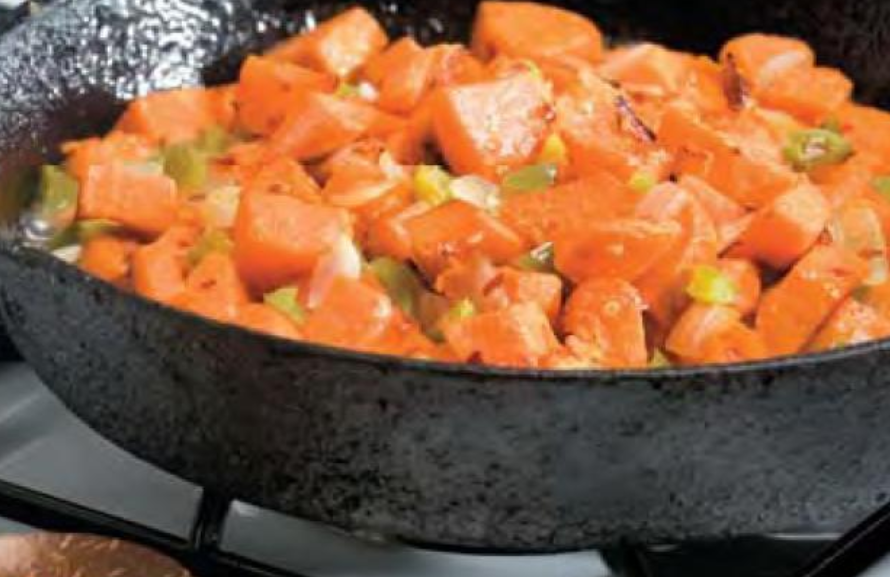
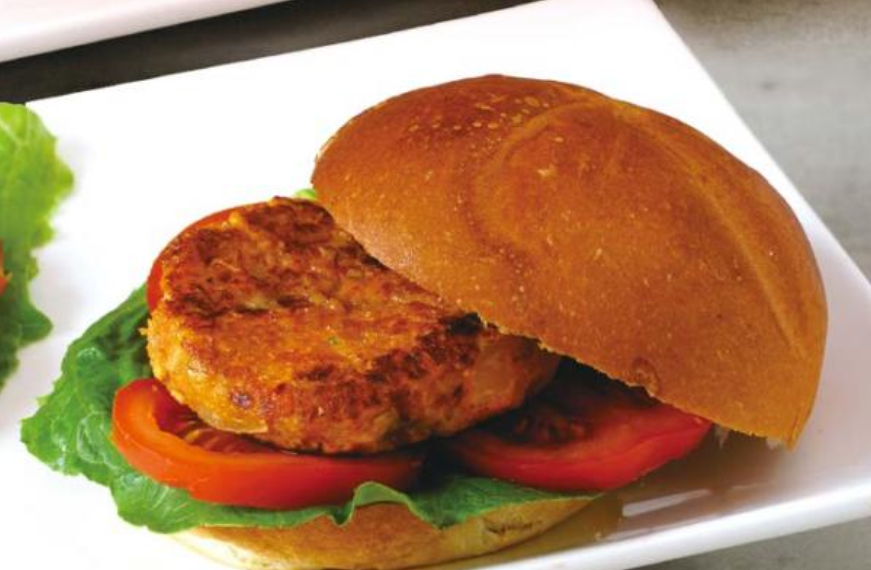



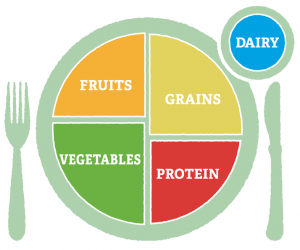
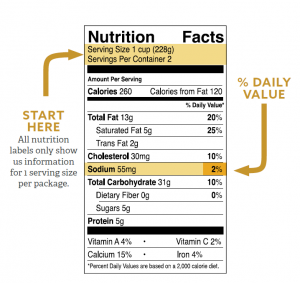
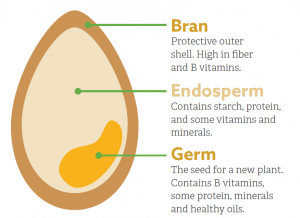
Share